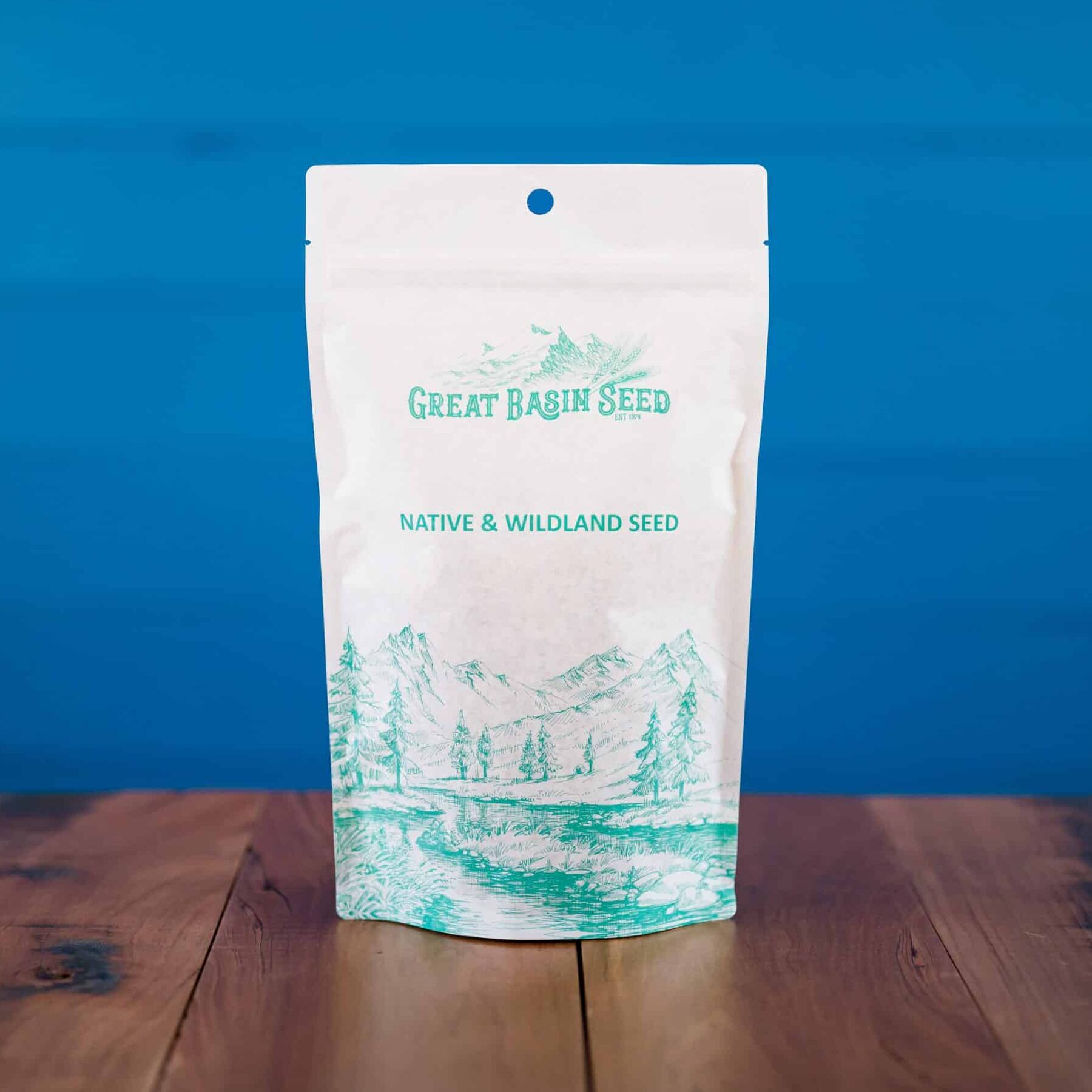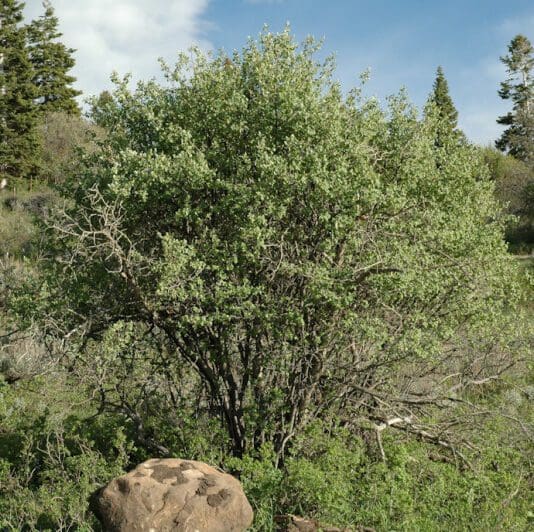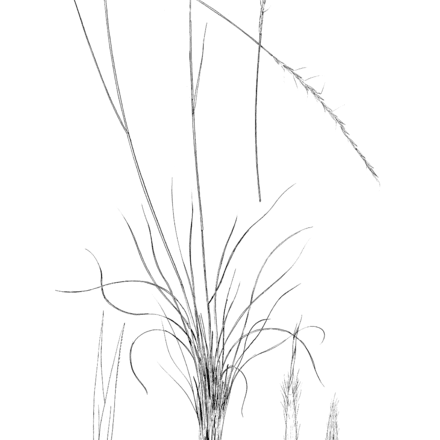Saskatoon Serviceberry
 $12.25 – $97.75
$12.25 – $97.75 - Scientific name: Amelanchier alnifolia
- Grows up to 20 feet high
- Adapted to a wide range of soil types
- Good to excellent forage for livestock and wildlife
- Fruits are valuable food for birds, small mammals
- Blooms mid-summer
Saskatoon Serviceberry (Amelanchier alnifolia) is a Native shrubs or small trees growing to 7 meters high, usually forming thickets, mats, or clumps. It occurs from near sea level to 9,000 ft. and adapts to a wide range of soil types. It is common in montane or upland sites and along streams. It provides good to excellent forage for livestock and wildlife. Fruits provide valuable source of food for birds and small mammals. Blooms mid-summer.
Saskatoon serviceberry is distributed along the Pacific coast from Alaska to California, eastward to Utah, Colorado, Iowa, and Minnesota, and Ontario and Quebec, north through the plains and prairies into the Northwest Territories of Canada. It is common in lower-elevation coniferous forests but grows sporadically up to timberline. It also occurs in montane chaparral, mountain shrub, and the upper limits of pinyon-juniper communities. In grasslands, it mostly occurs in wooded draws, woodland interfaces, and riparian zones. It occurs in open to lightly shaded disturbed sites such as thickets, fencerows, clearings, and edges of woods, and it is conspicuous after disturbances such as fire, logging, or insect outbreak. Found at elevations of 50-3000 meters; flowering April-June; and fruiting (June-)July-August.
Serviceberry is attractive as an ornamental shrub or may be trimmed as a hedge. It is an important species for reclamation, wildlife, watershed, and shelterbelt plantings. It can be started from seed or vegetative cuttings. It is also planted as an ornamental to produce commercial fruit crops. Many cultivars are commercially available, selected for desirable plant and/or fruit characteristics. Much research and literature details the development of cultivars and cultivation techniques.
The fruits are used in pies, jams, and fruit rolls and for making jelly and syrup. Saskatoon wine is a regional specialty. Native Americans ate the berries fresh and dried, often mixed with other foods for sweetening and flavor. Dried and rehydrated berries were added to dried vegetables and cooked into soups and puddings.
***Click on the “Quick Plant Facts” tab above for more information.
Saskatoon Serviceberry NRCS Plant Guide
Saskatoon Serviceberry NRCS Plant Guide
PDF version of NRCS Plant Guide & Fact Sheet
Prepared By: Guy Nesom Formerly BONAP, North Carolina Botanical Garden, University of North Carolina, Chapel Hill, North Carolina
Species Coordinator: Lincoln Moore USDA, NRCS, National Plant Data Center, Baton Rouge, Louisiana
Helpful Links
Additional information about this product can be found on the academic websites linked below.
Synonyms
Many plants have more than one common and scientific name. We've listed a few of them below.
- Saskatoon Serviceberry
- Amelanchier alnifolia
Who is Great Basin Seed?
Great Basin Seed is a seed company that specializes in seed sales and consultation for home, ranch, farm, range and reclamation. We have been a leader in the seed industry since 1974.
Our History
We've been in the seed business since 1974.
What We Offer
We offer seed for home, farm, ranch, range and reclamation projects.
Meet the Gang
We have the best employees in the world! We are proud of the work they do, and trust them to serve you!
Right: Company founder Lloyd and his wife Paula Stevens in a wildflower seed production field circa 1977
Quick Plant Facts
| Common Name: | Juneberry, Western Serviceberry |
|---|---|
| Scientific Name: | |
| Lifespan: | |
| Origin: | |
| Plant Type: | |
| pH Tolerance: | |
| Seed Count | 45000 |
| Min. Precipitation | 12 inches |
| Best Time to Sow: | |
| Max Sowing Depth: | |
| Growth Season: | |
| Sun & Shade Tolerance: | Full sun, tolerates shade |
| Hardiness Zones: | |
| Select a Package Size and Quantity | 1 oz. Envelope, 4 oz. Pouch (0.25 lbs.), 8 oz. Pouch (0.50 lbs.), 1 lb. (by the pound) |



















